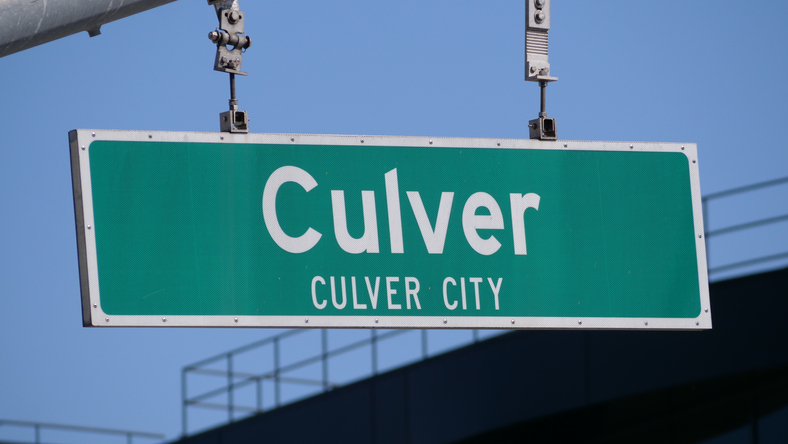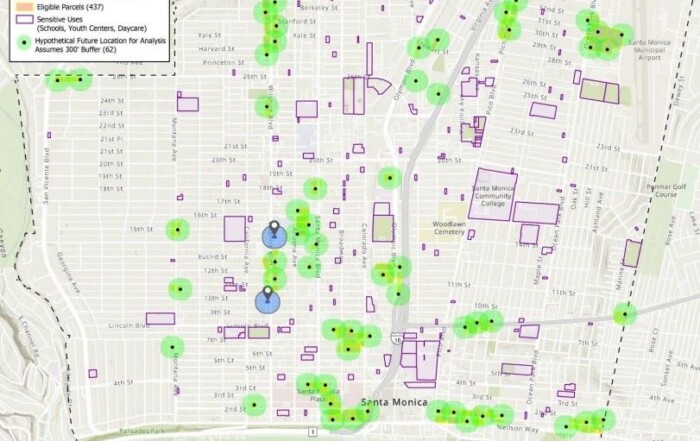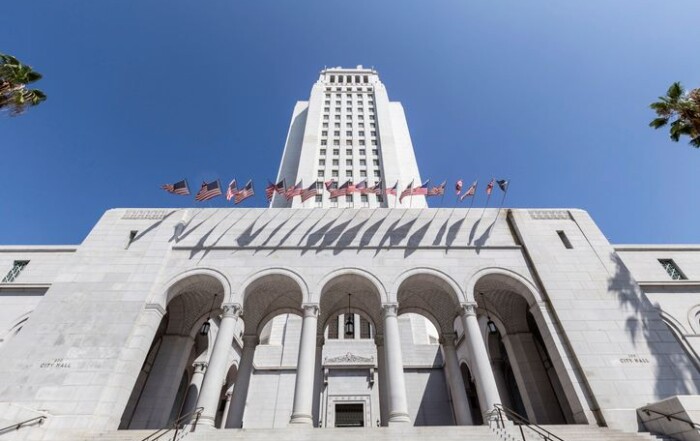The Culver City Council took up two important housing issues on Monday. The first was a discussion over the creation of an Affordable Housing Overlay Zone, which serve as a designated area within a municipality where incentives like density bonuses are offered to spur affordable housing production. Later, the council discussed how best to prepare for the implementation of Senate Bill 9, the 2021 law that took effect January 1 that would allow for multiple units of housing to be built on land currently zoned for single-family homes.
Affordable Housing Overlay Zone
With regard to the affordable housing overlay, city planner Erika Ramirez illustrated for councilmembers how it would work. She explained, “If a residential developer plans to construct a residential development which includes 15 percent affordable units in a transit-oriented district, then they automatically qualify for a density bonus of 15 dwelling units to the acre.” With this new overlay, she continued, “If they then decide to include 25 percent of their units as micro units, then they can qualify for an additional 15 percent density bonus. Then, if their 15 percent affordable units are at a very low income level, they can qualify for an additional 50 percent more units.”
Ramirez concluded that in an example like this, upwards of 113 housing units would be allowed per acre. She also provided examples of non-density related bonuses, among them reduced application fees, a more streamlined process, reduced development standards, and different design standards, all meant to spur housing developers to comply with affordable development. Ramirez also said that these zones can also be targeted toward certain populations, like housing specifically for seniors.
When the public weighed in, resident Stephen Jones told council members he thought of an affordable housing overlay as a “No brainer,” saying, “All the units in any housing development that’s built under this overlay will be affordable, tied to a percentage of median income.”
Leah Pressman sees the measure as a wall against building too many market-rate homes, saying “Affordable Housing Overlay Zones are and excellent way to address the gentrification and displacement that can result from upzoning.” She also spoke in favor of non-density bonuses which would lower costs for affordable housing developers who often don’t have the budgets of market rate developers, seeing these offerings as a way to help affordable developers compete.
Not everyone agreed. A few speakers, including Ron Ostrin, feel the overlay zone is a major impact being discussed without enough input from Culver City residents. “This once again looks like a ‘yes in my backyard’ fast shuffle that is going to make major changes to Culver City unbeknownst to the vast majority of Culver citizens,” he said. Melissa Sanders passionately spoke of feeling “bamboozled,” and wondered when the steady stream of planning actions on housing issues would ever slow down.
Councilmember Yasmine-Imani McMorrin asked about the timing of finalizing the process, to which city staff responded it will take a couple of months of hearings and a trip before the planning commission. In addition, a corresponding public outreach process could also take a few months.
Councilmember Alex Fisch somewhat suggested too much public outreach can hit diminishing returns. “We’re now 50 years into seeing the negative effects of the new type of outreach we’ve done,” he said. “I think we need some new ways of doing outreach that really get at community sentiment and really get us valuable stuff.” He pointed to past city spending on consultants and outreach efforts that yielded very few public participants, also adding, “If we’re going into neighborhoods saying what type of affordable housing do you want, we’re going to get several meetings where people say, ‘none.’” He suggested other approaches like weighted polling might make more sense.
Overall, while the process will take a while, there seemed to be council consensus to move forward with a process of creating an overlay that involved consultants and the public.
SB 9
After a staff report on the details of Senate Bill 9 a group of public speaker’s addressed the council, many who has also spoken on the Affordable Housing Overlay Zone. Several speakers, who seemingly favor that it allows for subdivided property to build up to four units where there would have once only been one, don’t think an ordinance other than the state law itself is required.
Disa Lindren told the council, “Of course we can revise the Housing Element to make it easier for SB 9 projects to be built, but it would make more sense to roll it into broader rezoning efforts.”
Stephen Jones returned to speak again, claiming it far more important to get the city’s currently State-rejected Housing Element into compliance, and that, “SB 9, on the other hand, has already been implemented in Culver City. It went into effect on January 1, and under state law you can already split your lot and build a duplex in a single-family zone.”
“I don’t think this is a good use of staff time, at this point,” commented Councilmember Fisch. “SB 9 is the law of the land and I think it superseded, went further I think, what approved just studying.” Later saying, “The state has taken away a problem that we had, and I think we just leave it be. See how it plays out.”
Councilmember Göran Eriksson, along with Vice Mayor Albert Vera, favor adopting some kind of ordinance for SB 9 implementation. Said Vera, “There are just so many different aspects to this,” citing aesthetic concerns of residents being important to consider. “They really affect the quality of life, or the perception, for a lot of folks and need to be addressed.”
Questions regarding whether hillside portions of Culver City facing fire danger are already exempt from SB 9 seem to vex both council and staff. Agreement seemed to arise that staff would seek clarification from the State Housing and Community Development (HCD) Department. If the state says more action is necessary, council will likely return SB 9 to a future council agenda as a discussion item.
One thing seems certain. Culver City hasn’t heard the last of either of these two major housing issues.
Stay informed. Sign up for The Westside Voice Newsletter
By clicking submit, you agree to share your email address with Westside Voice. We do not sell or share your information with anyone.








